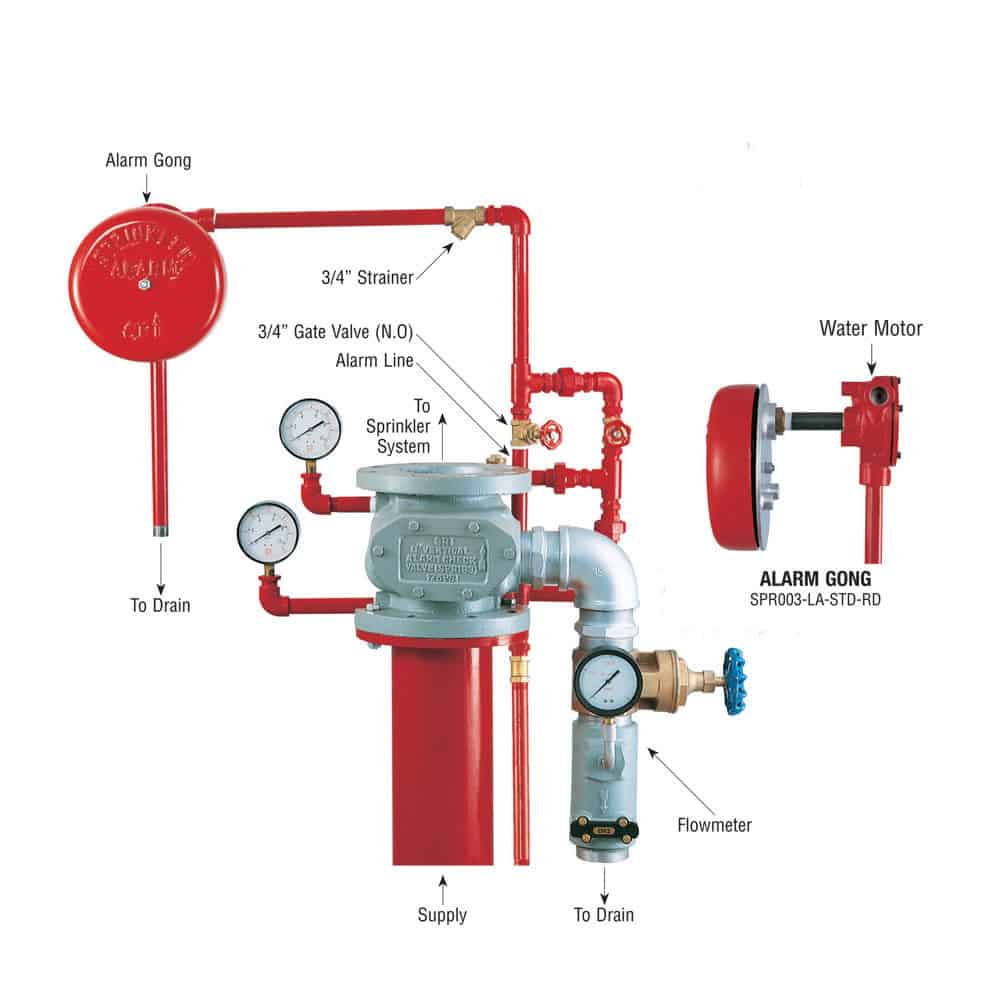Emergency preparedness is a critical concern for organizations. Essential aspects of fire protection are automatic fire suppression systems and fire team exercises. Automatic fire suppression setups reduce fire damage, organized fire response units support evacuation efforts.
How Do Sprinkler Systems Work?
Sprinkler systems are designed to respond quickly by spraying water when heat activates them. Sprinkler valves functions on its own, ensuring precise fire suppression.

Main elements of sprinkler setups include:
- Sprinkler heads: Activate water flow to extinguish flames.
- Water transport system: Connects water sources to sprinklers.
- Safety panels: Manage sprinkler operations.
- Reservoir system: Maintains readiness in emergencies.
The Importance of Fire Brigade Training
Brigade readiness programs equips individuals to manage fire-related incidents. Fire response drills focus on life-saving techniques, improving outcomes during dangerous conditions.

Key elements of fire brigade training include:
- Hazard identification training: Preventing fire outbreaks.
- Evacuation procedures: Organizing orderly exits.
- Firefighting techniques: Learning suppression tactics.
- Brigade teamwork: Executing plans as a team.
sprinkler seco
The Synergy Between Fire Suppression and Emergency Training
Combining sprinkler systems with team safety exercises enhances fire protection efforts. Sprinklers suppress flames quickly, while prepared teams address specific challenges.

This dual approach offers unparalleled fire safety for homes, offices, and industrial facilities alike.
Conclusion: Prioritizing Fire Safety with Sprinklers and Training
Investing in sprinkler systems and organizing emergency preparedness programs offers long-term benefits. Working hand-in-hand, these measures reduce property damage.
Take action for a safer tomorrow by consulting fire suppression experts and organizing emergency response drills. Your safety and the safety of others depend on it!